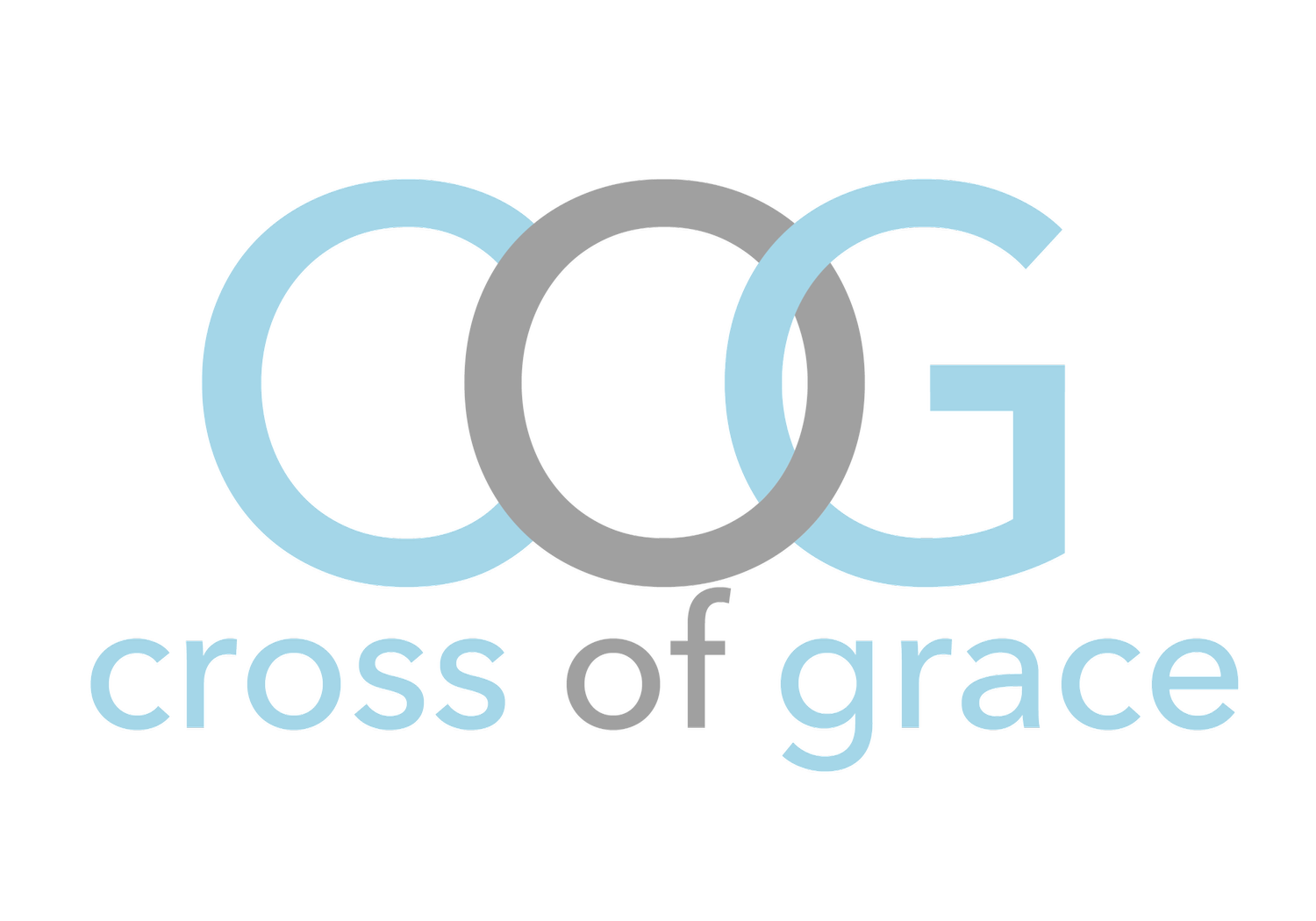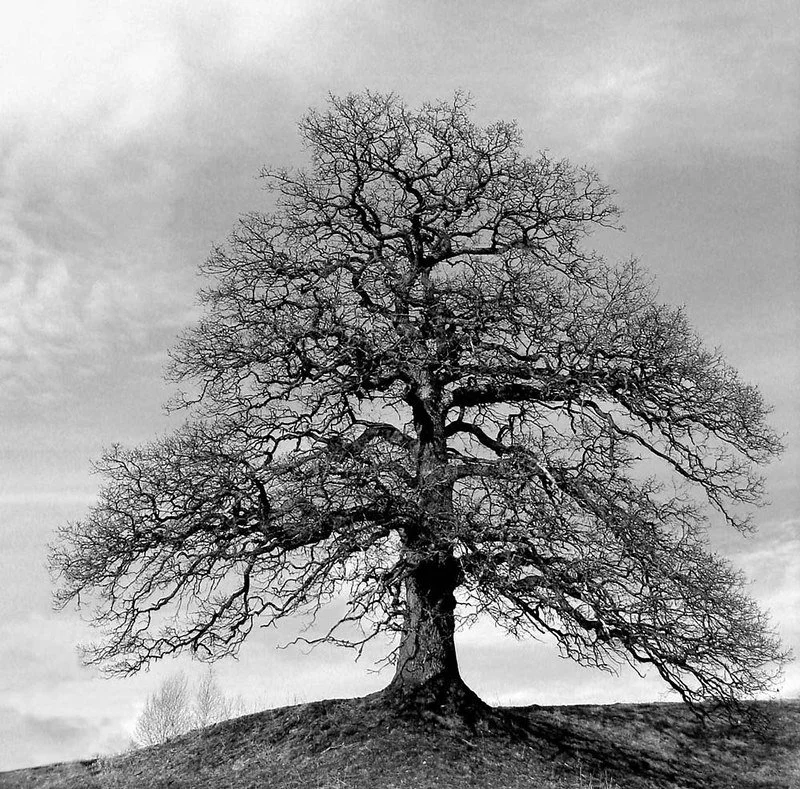Genesis 9:8-17
Then God said to Noah and to his sons with him, ‘As for me, I am establishing my covenant with you and your descendants after you, and with every living creature that is with you, the birds, the domestic animals, and every animal of the earth with you, as many as came out of the ark. I establish my covenant with you, that never again shall all flesh be cut off by the waters of a flood, and never again shall there be a flood to destroy the earth.’ God said, ‘This is the sign of the covenant that I make between me and you and every living creature that is with you, for all future generations: I have set my bow in the clouds, and it shall be a sign of the covenant between me and the earth. When I bring clouds over the earth and the bow is seen in the clouds, I will remember my covenant that is between me and you and every living creature of all flesh; and the waters shall never again become a flood to destroy all flesh. When the bow is in the clouds, I will see it and remember the everlasting covenant between God and every living creature of all flesh that is on the earth.’ God said to Noah, ‘This is the sign of the covenant that I have established between me and all flesh that is on the earth.’
I was worried I’d mess up and say, “The Gospel of the Lord,” when I got done reading that bit from Genesis. I was worried, because that’s just what I’m used to saying after reading whatever text it is I’ll be preaching on – which is more often than not, something from one of the actual Gospels in scripture. And, even though this bit from Genesis, in the Hebrew scriptures, can’t technically be called “the Gospel,” it – as much as anything else in the Hebrew scriptures – reads, sounds, and feels like Gospel good news to me.
I mean, it has all the things, right? There’s the declaration of a covenant, for all of creation. There’s the promise of mercy, love, hope, and redemption. And there’s a visible, almost tangible, sign of all of that – not a cross, or an empty tomb, but that bow in the clouds. It seems so very much like the Gospel, if you ask me.
It also seems/feels/sounds like “the Gospel” because it’s so BIG, so cosmic in scope, which is the way the “primeval mythology” we’ve been talking about is supposed to work. It addresses the big things … the big picture … in a big way. And you know it’s big when the idea of something like a great flood shows up in several other world religions, just like it does in our own.
- The most familiar flood narrative – and the one very close to ours in terms of culture and content – is from the Epic of Gilgamesh, where a hero is warned by a god to build a boat in order to survive the coming rains.
- Hindus have a flood story, too, where the fishy incarnation of Vishnu warns the first human about a coming flood and instructs him to build a boat.
- The Greeks have Zeus send a flood where Deucalion and Pyrrha build a boat, survive, and repopulate the earth by throwing stones behind them.
- And there are other flood narratives, too, from the Incas, the Aztecs, the Chinese, Aboriginals, and more.
Smarter people than me use the seemingly universal nature of and affinity for such stories as evidence that there really was some sort of global deluge and flood that people of all stripes were trying to make sense of and ascribe meaning to. Other smarter people than me wonder if these stories are evidence of peoples and cultures simply trying to make sense of more localized natural disasters, torrential rains, and terrible floods when they hit – maybe like the tragedy we all watched play out in Texas a couple weeks ago; or the ones that have also threatened and taken lives in New York, Virginia, Washington, and South Korea, lately, too.
Whatever the case – cosmic or close to home – it’s helpful for me to remind myself that our flood story isn’t necessarily about the water, the rain, or the flood. That it’s not so much about the length of days, the size of the boat, or the number of which kinds of beasts were on board with Noah and his family. (The guys at the Cross of Grace Brew Club yesterday wanted to be sure I explained how dinosaurs fit onto the ark, why God bothered to save the mosquitos, and something about pigs and bacon, too.) Someone at the “Ark Encounter”– that Noah’s Ark museum in northern Kentucky? – will pretend to give you an answer to those questions, but I’m suspicious of their certainty and I’m certainly not willing to pay them for it.
Which is to say – again and again and again – the capital-T-TRUTH in these origin stories of our faith isn’t found by way of a literal reading of scripture. That is simply not their intention. And again, today’s story is not about the details of the flood, the length of days, the size of the boat, or the number of birds, beasts, or brothers on Noah’s boat. The Truth we’re meant to find in all of that is about the nature of the God we’re invited to wonder about – and to encounter – thanks to the telling of this ancient tale.
This is a God who calls righteous people to do hard things; impossible things; unreasonably faithful, fearless things for the greater good.
This is a God who calls people to respect, care for, and tend to the natural, created world and to humbly revere nature’s capacity for beauty and brutality.
This is a God who never promises that life will be easy – or without its suffering and struggle and sacrifice. This is true for the sinful and for the righteous. (Just because Noah was chosen and survived, he lost plenty along the way, for sure.)
And this is a God who promises that the world’s destruction – if or when or should it ever happen again – won’t be God’s doing; which is our call to faith, hope, and love, in action, if you ask me.
To me, that means, if there’s to be another flood … or a fire … or a famine – on a cosmic scale or somewhere close to home – where so many lives are lost, it won’t be God’s fault. So maybe that’s a very practical, timely warning to pay attention to global warming. Maybe that’s our invitation to wonder about who’s at risk or in harm’s way – from floods or fires or famines or whatever. And maybe that’s our call to look out for and protect our neighbor – and the world around us – rather than to build a boat with only enough room to save ourselves. But I digress…
There’s a recent trend on social media where parents of my generation ask their children or grandchildren to complete what have been identified as “toxic parenting phrases” that many of us heard often when we were growing up. “Toxic parenting phrases” that, in theory, parents have learned not to use as frequently – if at all – anymore, like they used to.
Phrases like “Do as I say, not as I do.”
Or, “Children should be seen and not heard.”
Or, “If you don’t stop crying I’ll give you something to cry about.”
The point of the exercise is to show how raising kids WITHOUT such negative, “toxic” phrases has changed and is, presumably better, more kind, loving, encouraging, emotionally intelligent, and psychologically healthy.
And this seems obvious – and evident – once you hear children from more recent generations who’ve never heard those “toxic phrases” try to guess at filling in the blanks like many of you all just did so capably.
For example, instead of “Children should be seen and not heard,” one young toddler said, “Children should be seen … at school.”
Instead of “If you don’t stop crying, I’ll give you something to cry about,” other kids said, “If you don’t stop crying, I’ll give you … a hug … or I’ll give you something to eat.” Again, a much more emotionally healthy, loving, hopeful way to live as a young child in the world, don’t you think?
And my favorite one of these – and perhaps the most toxic of them all – is that oldie but goody, “I brought you into this world and I can take you out of it.”
How terrible is that if a kid hears if often enough and starts to believe it?!? And we can pretend it’s a joke … that it’s funny, perhaps … that we or our parents never really meant to follow through on that threat. But that just isn’t the case with the popular theology of the God so many have been raised to learn about and to believe in from Genesis.
See, too much of the time, that’s all and only what we’ve done with the story of Noah, the Ark, and the Flood.
Because as an origin story of our faith … as part of this “primeval mythology” we’ve been talking about … the other thing this story has in common with other world religions is that their flood stories are often very deliberately connected with the creation stories, too. Just like ours, they first tell of a God who has the power of creation and the power of judgment, punishment, and destruction, too.
In other words, the story they tell is nothing more and nothing less than: “God brought us into this world and God can take us out of it.”
So what makes Noah’s story – our story – so different for us, is that God promises that that won’t happen ever again. There’s a reminder and a rainbow, remember … there is a covenant and a promise … there is Gospel good news here for all people; for every living creature; for all flesh.
And this good news should call us to live differently because of it.
Because, on the other side of the flood – on the other side of the cross and the empty tomb of Jesus, too – the waters of the flood become waters of baptism; they become waters of forgiveness, redemption, love, hope, and new life.
So, as we share the blessing of that water with Scout Ehle today (and every time we have the chance to share, celebrate, and remember the sacrament) – as we celebrate with his dads and his family – as we promise to pray for, support, and live together with him in this covenant that belongs to us all – I hope that it’s a God of grace and good news we’re living for, responding to, and sharing – with Scout, with each other, and with the whole wide world – every chance we get.
Amen




